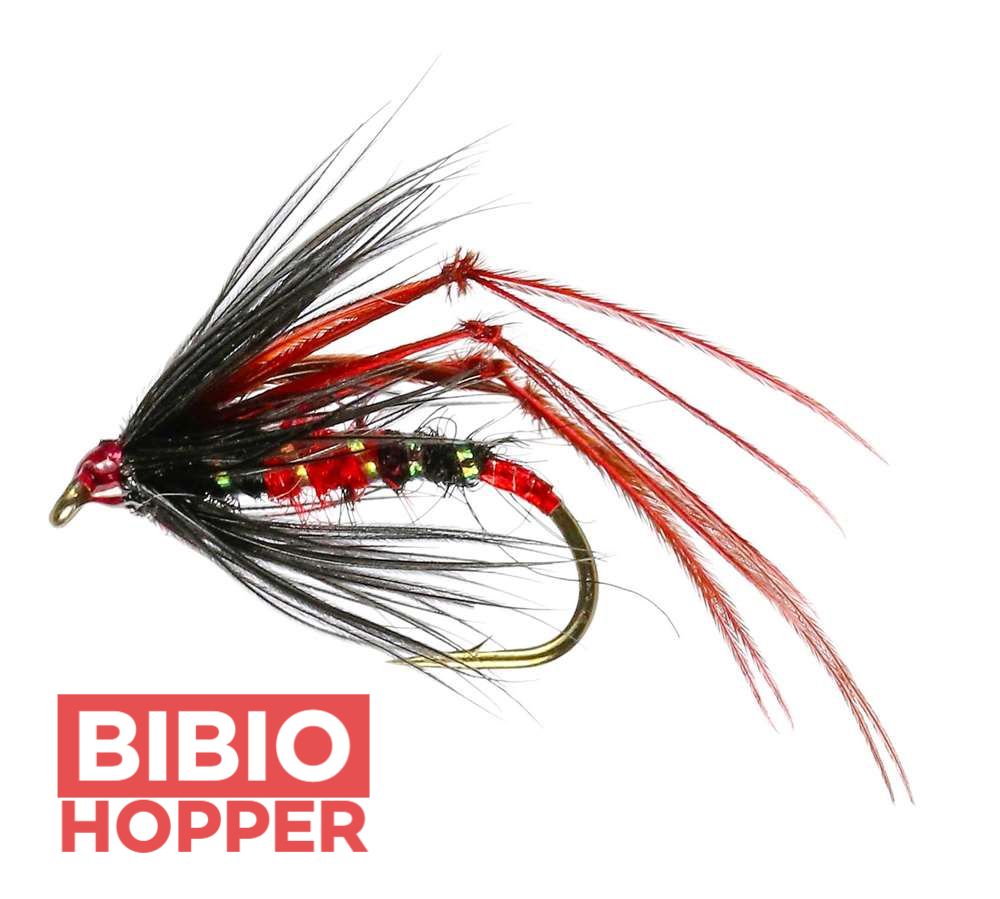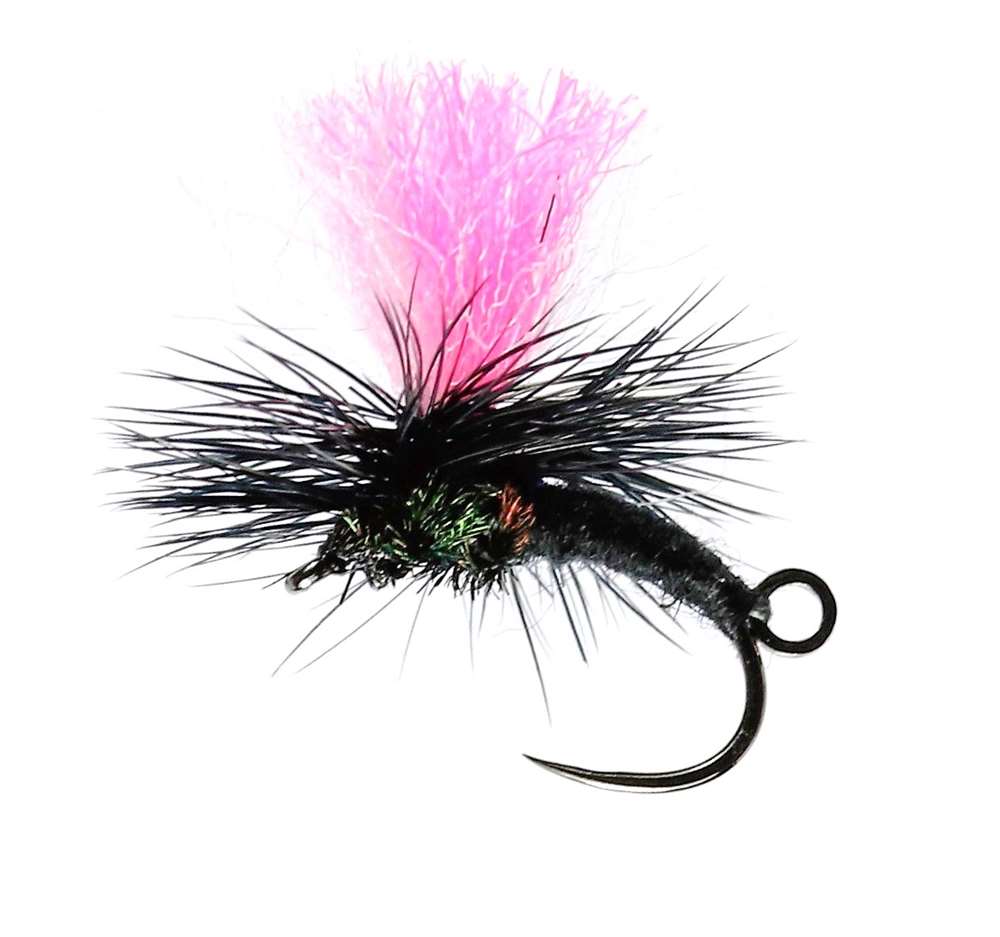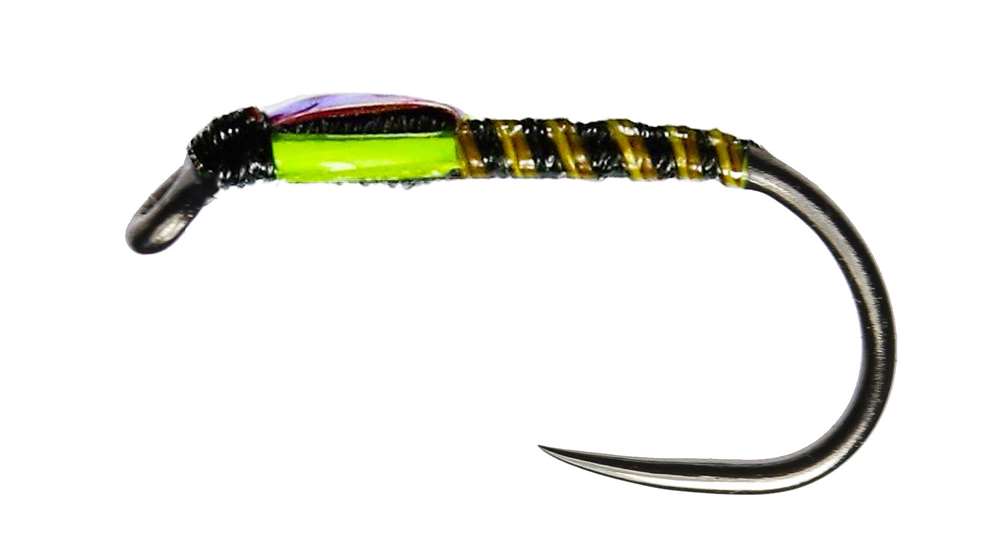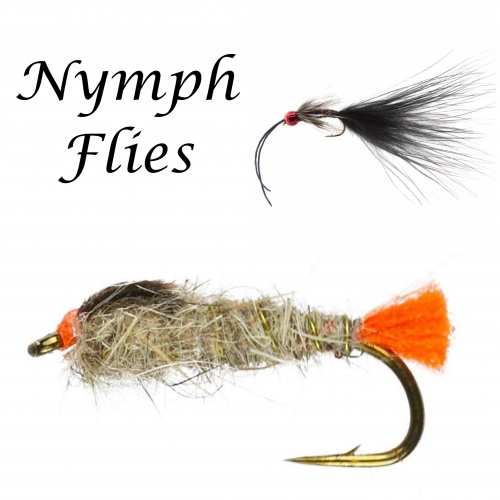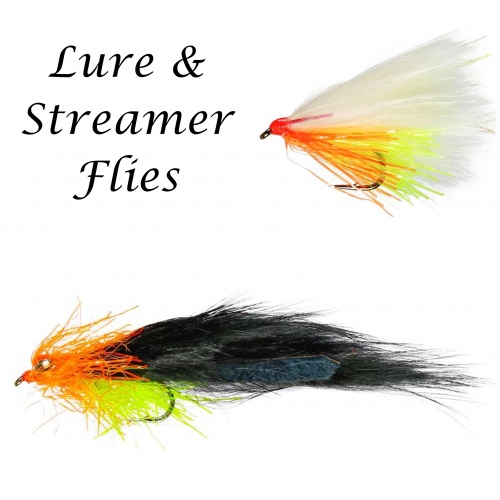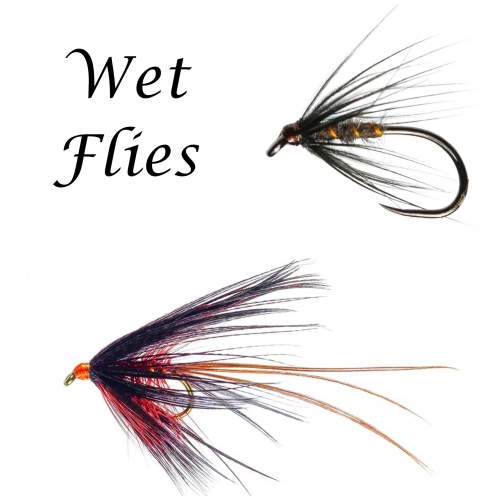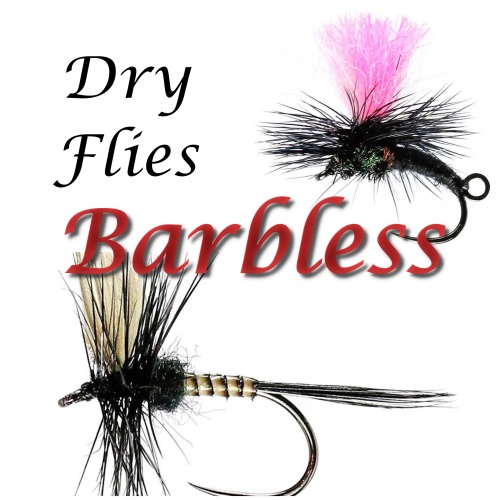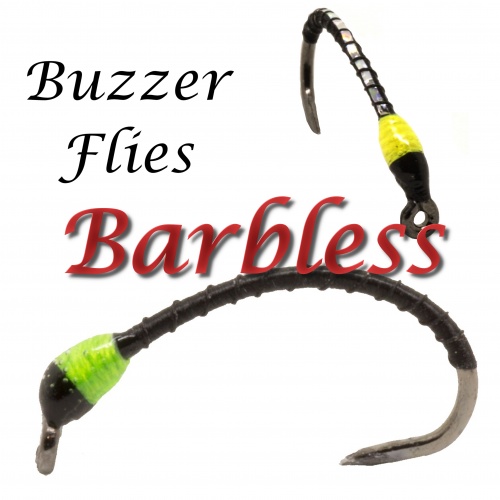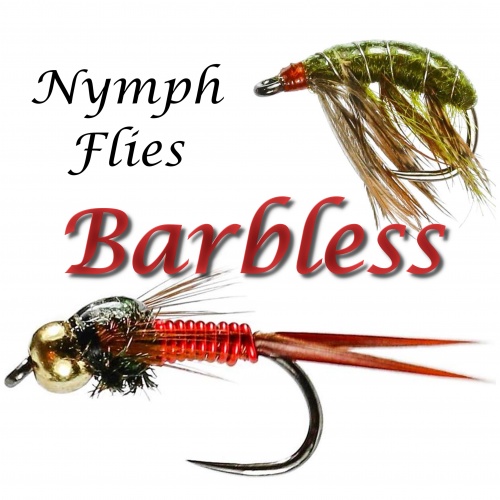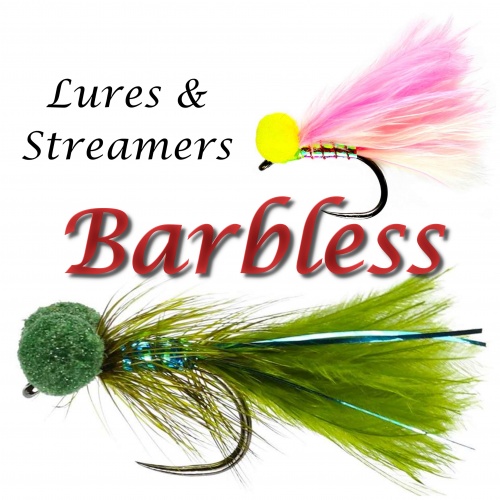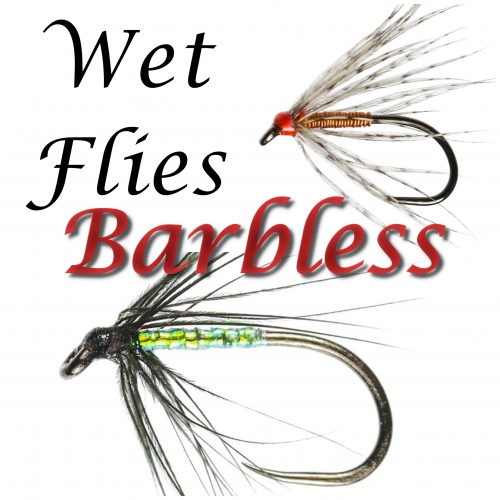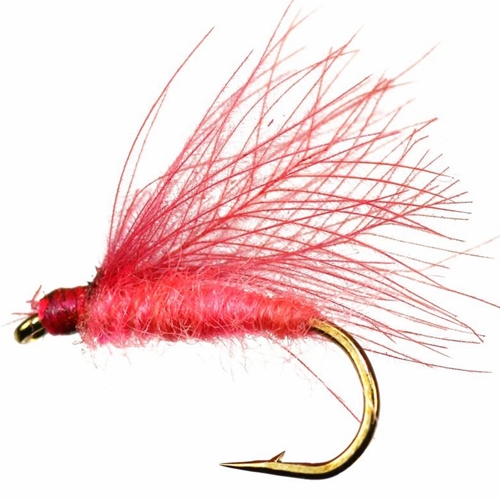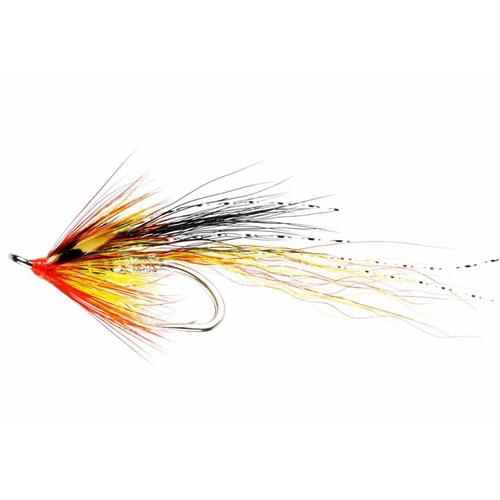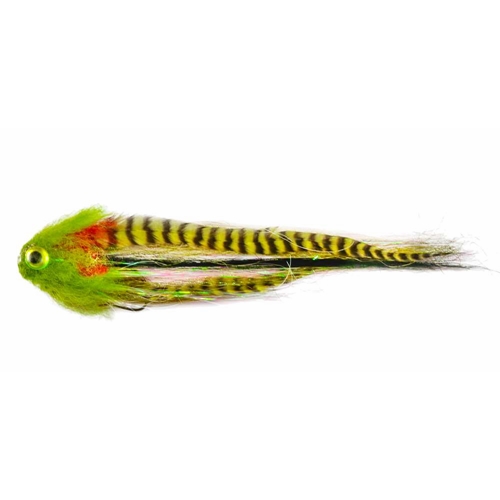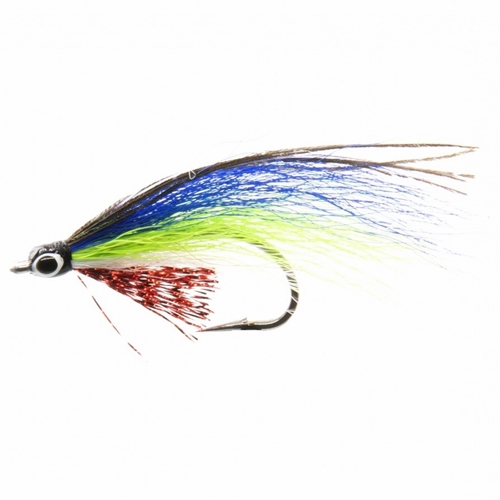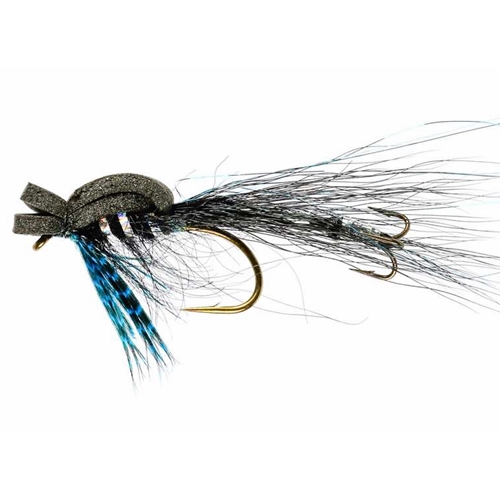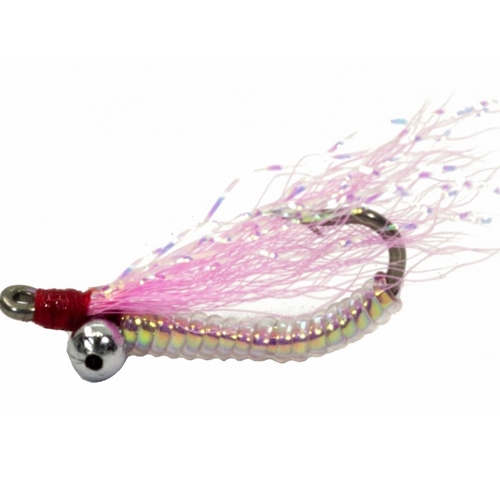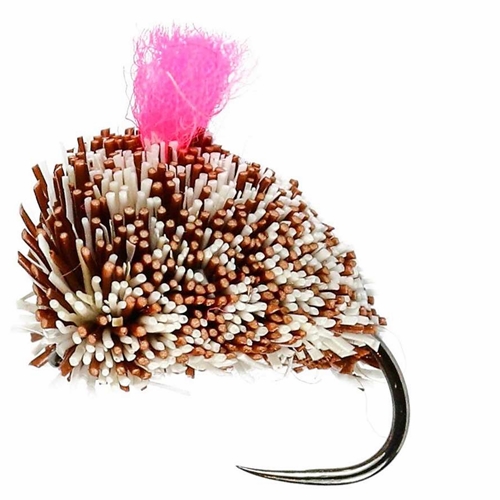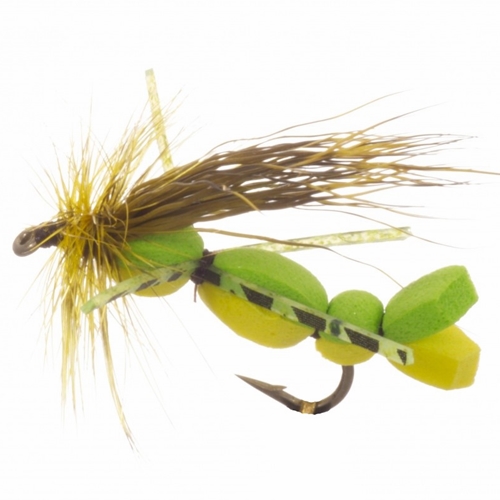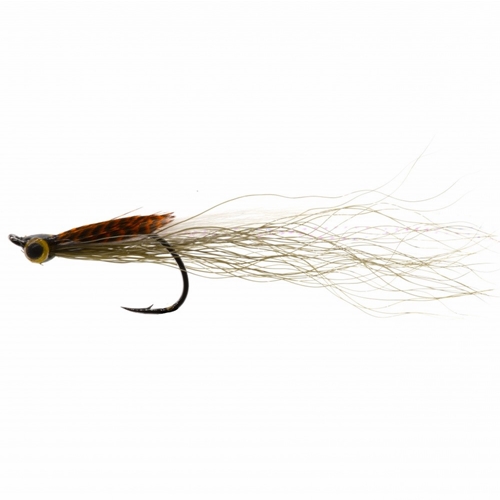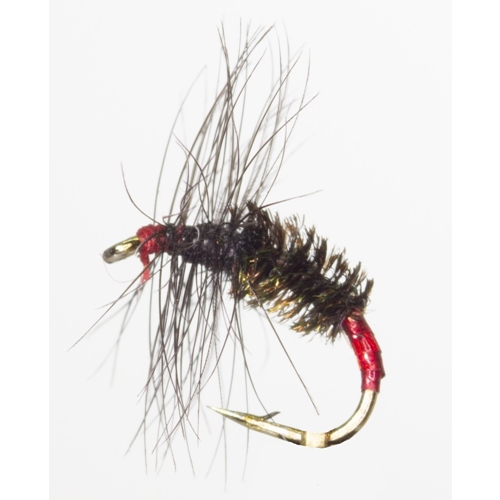Fly In Focus - Hoppers
Fly In Focus - Hopper
Paul Procter focuses in on the hopper fly! With his top hopper picks that will help you on your way to getting them fish in the net! Keep reading for material lists for what you need to tie the perfect hopper!
A Little Bit On Hoppers
Originally labeled the “Bristol Hopper” what we now know as the ‘Hopper’ was developed in the Bristol area on reservoirs like Chew Valley some years ago now. The original I believe was the Amber Hopper though theses days this dressing has been used as a blue print for all the hoppers we see today.
What Are They Imitating and When Do They Work?
Many viewed the original as a sort of miniature daddy long legs pattern, however it quickly became apparent the dressing lent itself to copying all sorts of other flies, like hawthorns, heather flies, black gnats and even passes as an emerging caddis at a push. Which is why we see so many variants of the original today. Furthermore, even bright orange hoppers work their magic on hot summer days. Granted they represent no natural fly on earth, but trout love them come warmer months.
HUGE FLY TYING SHOP HERE! NEW SEMPERFLI MATERIALS NOW IN STOCK!
Tie The Hopper!
Whilst the black hopper is one of my favourites the fly can be tied in a range of colours, including; fiery brown, claret, amber and olive. Obviously then when tying an olive version, olive waxed thread should be used, and so on.
You Will Need The Following!
Hook: Kamasan B400 size 8-16
Thread: Semperfli 8/0 black classic waxed thread
Rib: Semperfli pearl Micro Glint
Body: Semperfli black –Semperseal dubbing
Legs: Black knotted ‘hopper legs’
Hackle: Black cock hackle
Fishing The Hopper
Hoppers are so versatile when it comes to fishing them. Yes, a static fly should always be your opening gambit though often a ‘worked’ fly produces the goods too. In particular, when a breeze persists, it’s usually best to retrieve a hopper.
Short, gentle tweaks are your first port of call though if no takes are forth coming then think about gradually speeding up the fly and the increasing the length of the draws you use. I’ve personally find steady, foot long pulls on the fly line work best, however I’ve also seen circumstances when you simply can’t retrieve fast enough.
The hopper can also be fished semi swamped, almost like a wet fly that creates a furrow through wave tops. In fact when drifting across a large sheet of water on a blustery day, a team of hoppers fished like this can be absolute dynamite.
Our Top Three Hopper Killers!
How is Paul fishing the hopper?
I enjoy fishing a single fly to rising trout, especially when terrestrials are on the menu. Now, a size 14 black hopper takes some beating. Often the fly will be left to its own devices though I do make a habit of tweaking the fly occasionally to mimic the struggles of a drowning fly.
For those starting, obviously a single fly is easiest to cope with and helps reduce tangles. However, more seasoned anglers might prefer fishing two lies and sometimes, even three flies. As a rule (mentioned above), I’ll use a single fly when targeting rising trout. Or, if fishing into a stiff breeze, two flies might be knotted on when fishing downwind from the bank, or boat, and of course when fishing a cross-wind. The only time I use three hoppers is when fishing downwind, either from the bank or boat.




